How bad was the California drought?

The Tuolumne River flows 149 miles westward through the Sierra Nevada foothills before converging with the San Joaquin River in the Central Valley. You can see where the normal water level is by the markings on the bridge pylons. Image credit: U.S. Geological Survey.
A drought in California affects much of the western United States. From 2011 to 2015, there was little rain and snow in much of the region, but that was just part of the problem. These areas also experienced record high heat, which baked away what little moisture remained in the soil. It was a drought double-whammy.
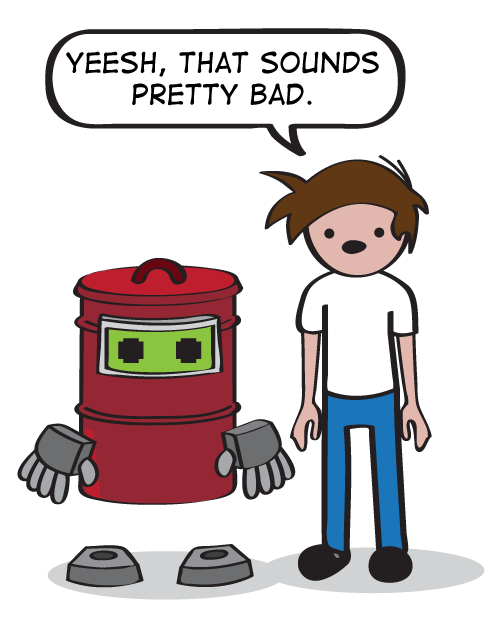
Credit: NOAA/JPL-Caltech
How bad was it?
It was not good. In 2014 in California, nearly the entire state was experiencing “extreme drought” or “exceptional drought,” which is a step above extreme. It was dry, dry, dry.
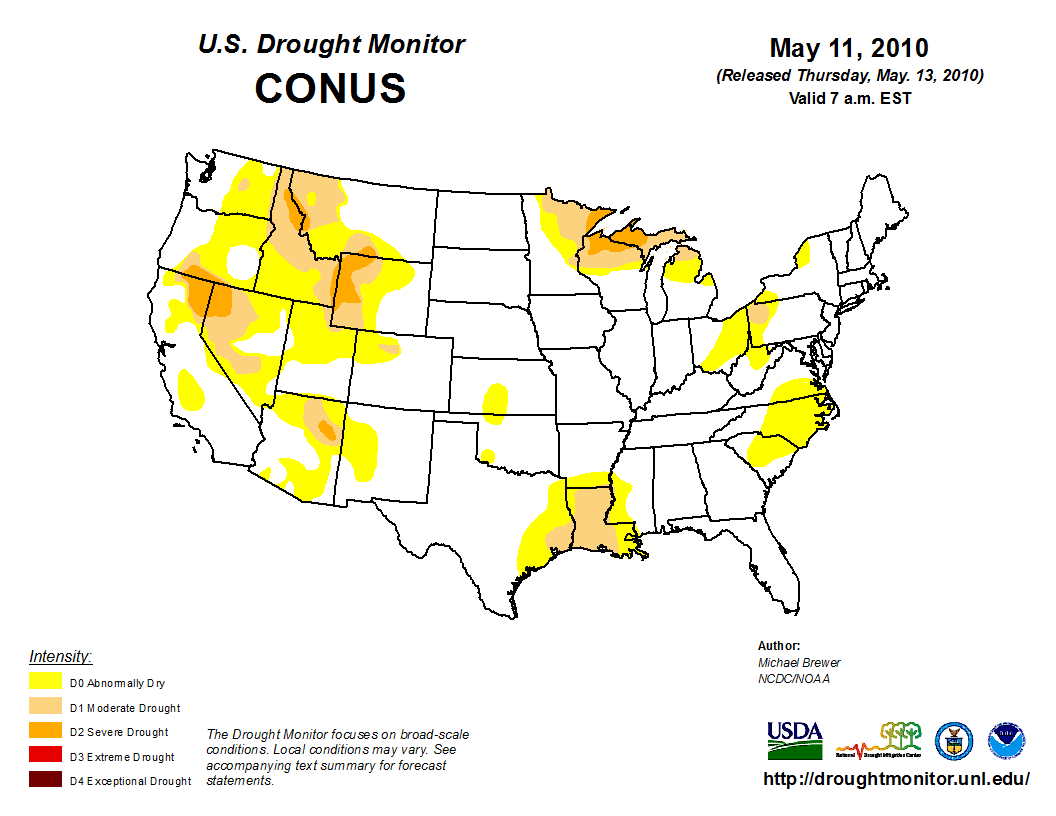
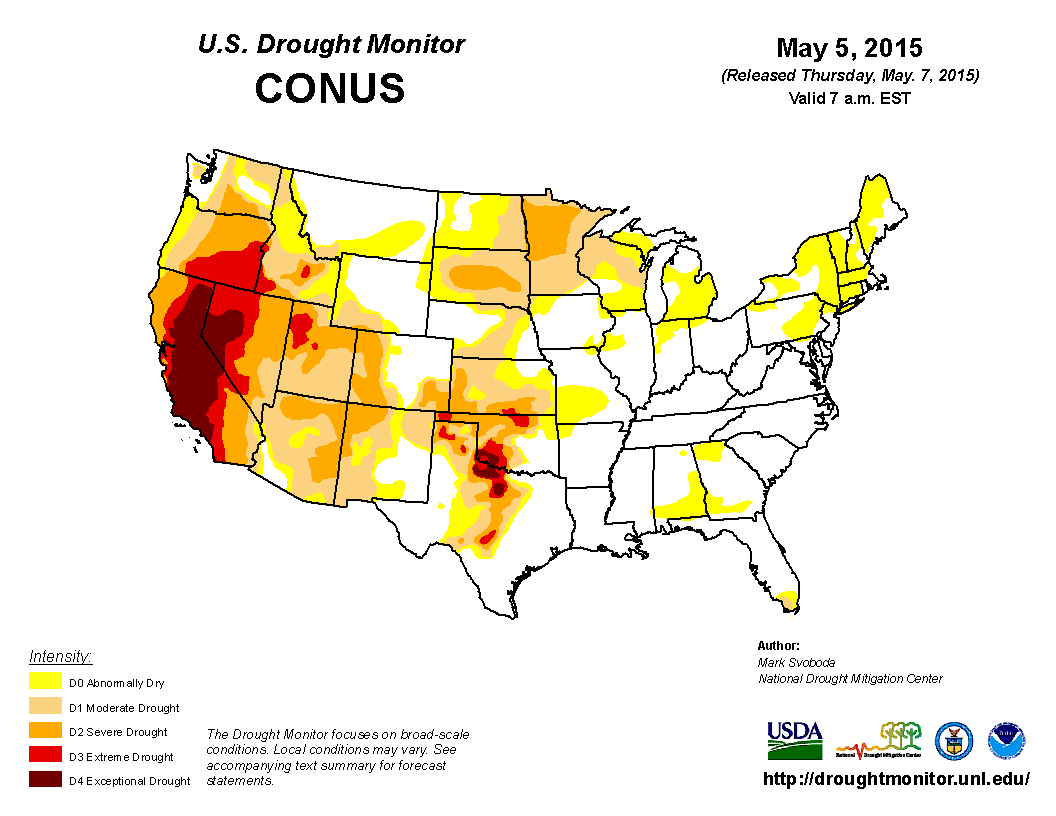
The darker the color, the drier it is. That dark, dark red—that’s really, really bad. Image Credit: The National Drought Mitigation Center.
One study from the University of Minnesota and the Woods Hole Oceanographic Institution found it’s the worst drought in 1,200 years. What?!
Wait, how do you know about droughts from so long ago?
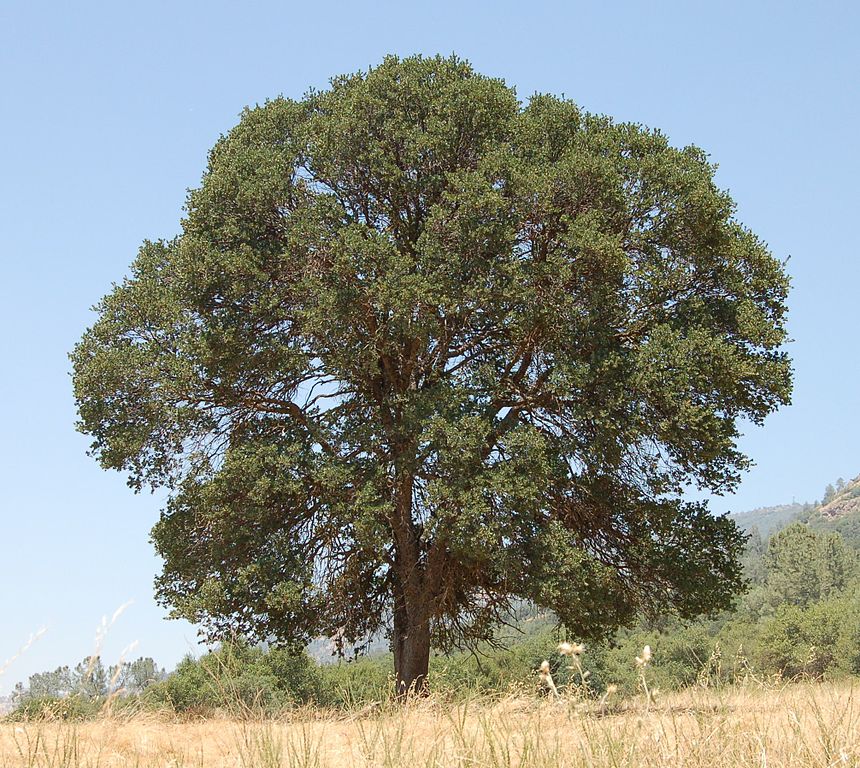
A blue oak tree. Image source: Wikimedia commons, user Yath.
To get historical data about past dry years, we can use data from the National Oceanic and Atmospheric Administration and a computer climate model called the North American Drought Atlas. We can also look at tree rings from old blue oak trees that are hundreds of years old.
History in the trees
You may have heard of using tree rings to learn about the past, but what are scientists looking for? There is information in the thickness of each ring. Thick rings mean that there was a wetter year and the tree was able to grow faster with plentiful water available.
Scientists don’t have to cut down the whole tree to see the rings, either. They can just insert a hollow drill into the trunk and pull out a sliver of the tree and see the rings that way.
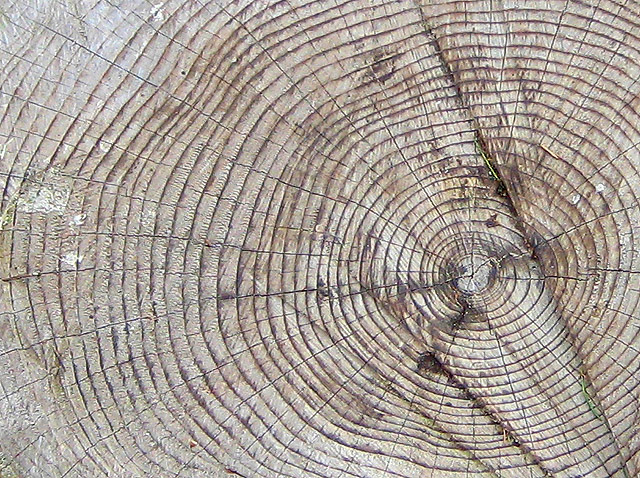
Image source: Geograph project collection, Pauline Eccles.
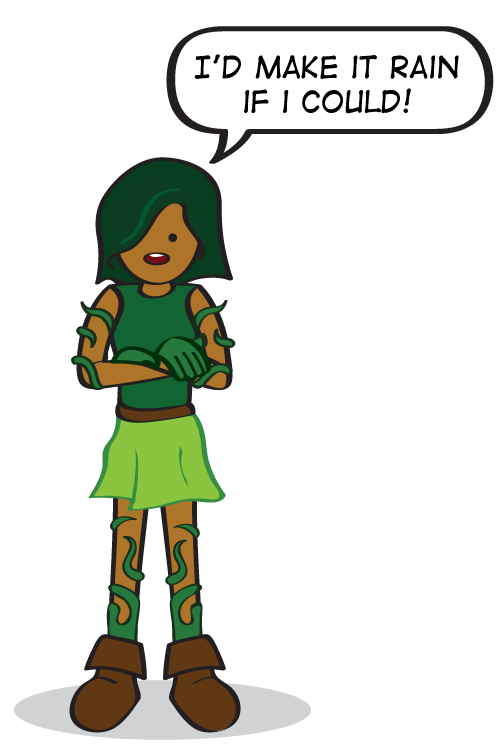
Credit: NOAA/JPL-Caltech
So what now?
Droughts are really bad, and it’s not like we can control the weather to make it cool down and rain. It all comes down to planning and conservation. California in particular has a lot of water needs, as much of the nation’s fruits and vegetables are grown there.

Credit: NOAA/JPL-Caltech
Saving Water Wherever Possible
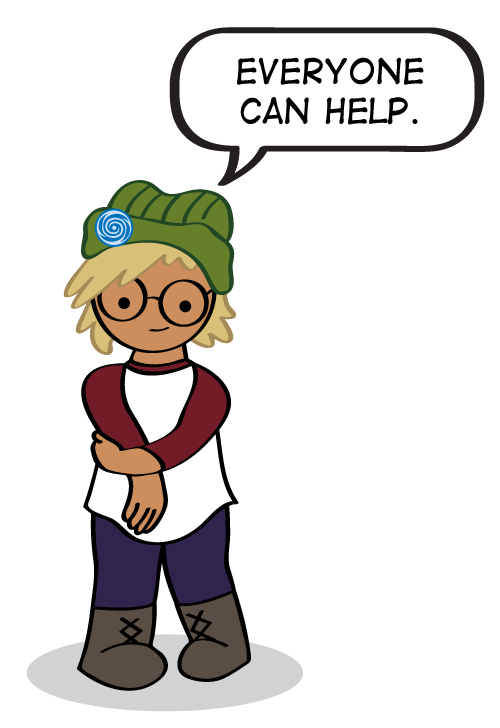
Credit: NOAA/JPL-Caltech
In a drought, people still want strawberries, tomatoes and grapes, so the water savings have to come from other areas. People can replace water-wasting grass lawns with drought tolerant plants, take shorter showers, and fix leaky faucets. Drought affects everyone in these areas and beyond, and getting through droughts will need to involve everyone, too.




